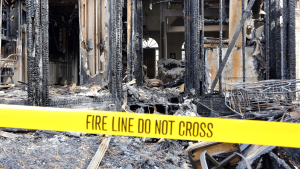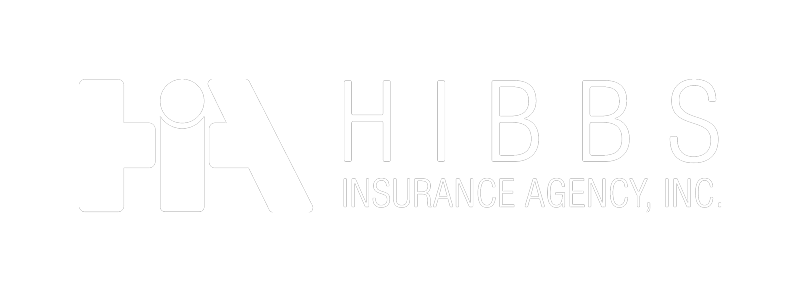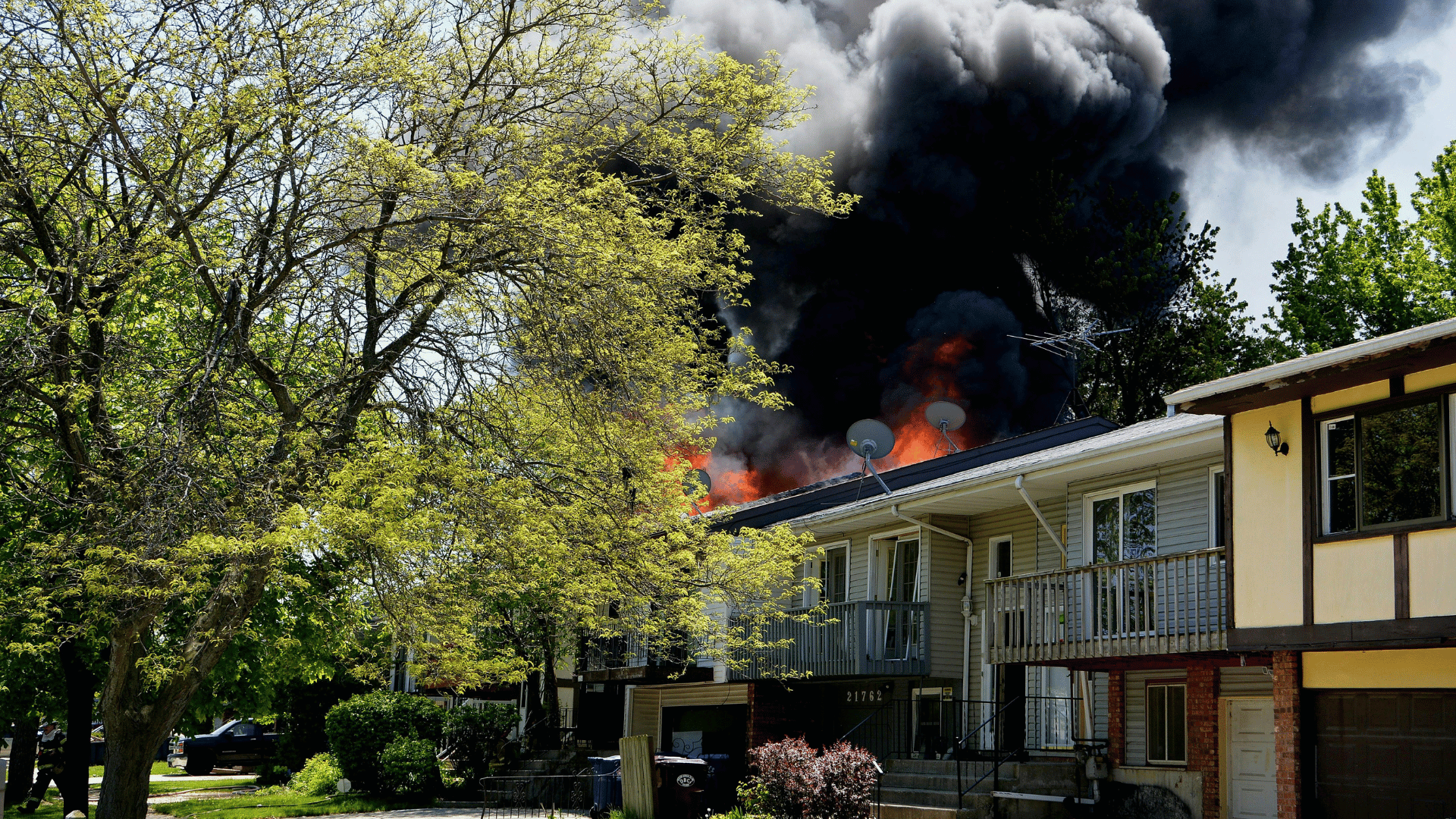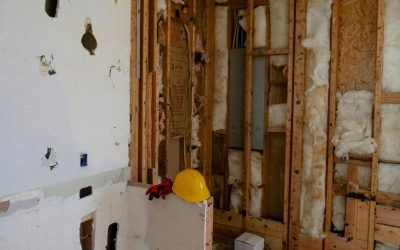The Hibbs Guide to Homeowners Insurance Fire Coverage
A house fire is one of the most stressful experiences a homeowner can face. Beyond the immediate danger, the aftermath can feel overwhelming. Knowing what to do in the hours and days following a fire can help you protect your family, your property, and your financial well-being. Understanding your homeowners insurance fire coverage is key to making the recovery process smoother. At Hibbs Insurance Agency, we’re here to guide you every step of the way.
1. Safety First: Evacuate and Call Emergency Services
Your top priority is getting everyone out of the home safely. Do not go back inside once you’ve evacuated. Call 911 immediately and let trained professionals handle the fire. Even if the flames seem small, fires can spread quickly, and smoke inhalation is just as dangerous as flames.
2. Contact Your Insurance Company Right Away
Once the fire has been contained and everyone is safe, your next step is to contact your insurance company. Quick notification gets the claims process started and ensures your homeowners insurance fire coverage can begin working for you. At Hibbs Insurance, we encourage homeowners to reach out as soon as possible so we can help guide you through your claim.
3. Document Damages with Photos and Videos
Before any cleanup begins, carefully document the damage. Take photos and videos of affected rooms, furniture, and belongings. This evidence will be crucial when filing a homeowners insurance fire coverage claim, helping to ensure you receive fair reimbursement for your losses.

4. Keep Receipts for Temporary Housing and Essentials
If your home is unlivable, you’ll likely need to stay in a hotel or rental and purchase necessities like clothing, toiletries, or meals. Save every receipt. Many of these expenses may be reimbursable under your homeowners policy’s fire coverage.
Temporary Housing and Expenses After a Fire: How Insurance Helps
Recovering from a fire doesn’t just mean repairing your home, ..it also means covering the costs of living elsewhere while those repairs are underway. This is where your loss of use coverage, a key part of homeowners insurance, comes in.
How “Loss of Use” Coverage Works
Loss of use coverage helps pay for additional living expenses you incur because you cannot live in your home. This type of homeowners insurance fire coverage can include hotel bills, rent for temporary housing, and even the cost of meals if you’re unable to cook.
Examples of What Qualifies as Reimbursable Expenses
- Hotel or rental property costs
- Restaurant meals (if your temporary housing doesn’t have a kitchen)
- Laundry expenses
- Increased commuting costs if your temporary home is farther from work or school

Tips to Keep Track of Costs While Displaced
- Save Every Receipt – Whether it’s a cup of coffee or a week’s rent, keep documentation.
- Create a Digital Folder – Store receipts on your phone or computer to stay organized.
- Track Mileage – If you’re driving farther than usual, log those miles, they may be reimbursable.
- Ask Your Agent Questions – At Hibbs Insurance, we’ll walk you through what qualifies under your fire coverage so there are no surprises.
Final Thoughts
Experiencing a house fire is never easy, but knowing what steps to take (and how your homeowners insurance fire coverage works) can give you peace of mind. From ensuring your family’s safety to making use of loss of use coverage, your homeowners insurance policy is designed to protect you through difficult times.
Our team is here to help you prepare today so you can feel confident tomorrow.
If you have questions about your homeowners insurance fire coverage, Contact us.



